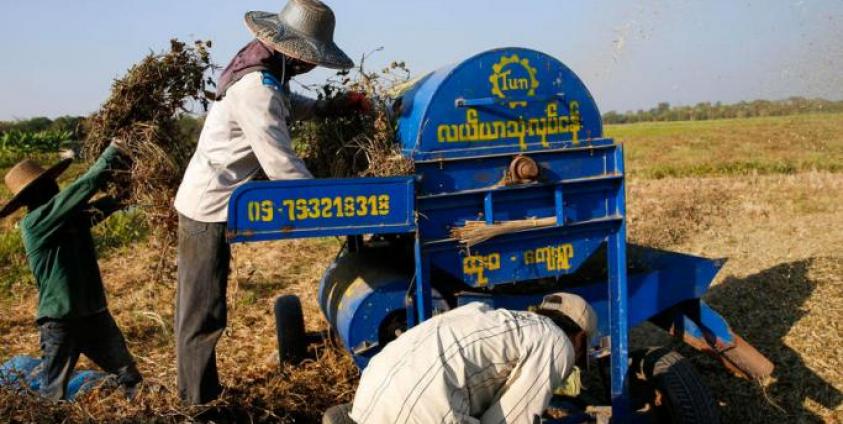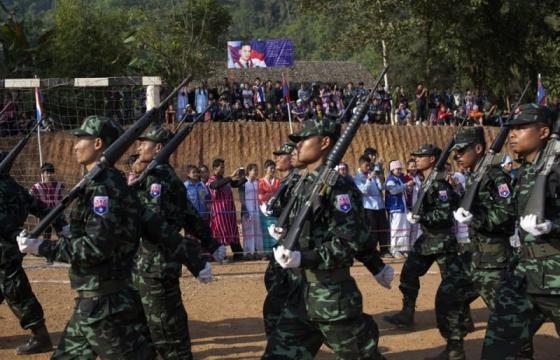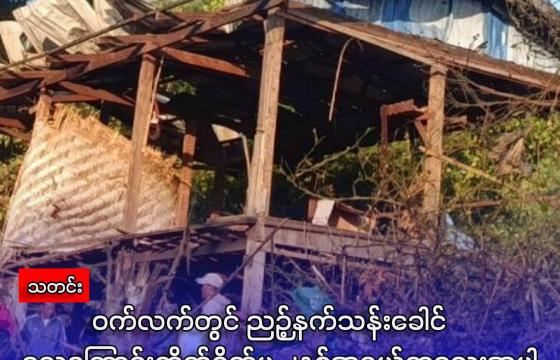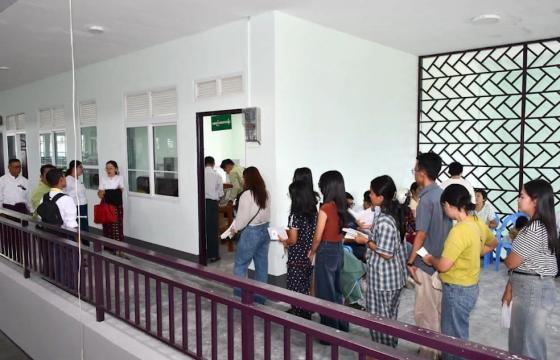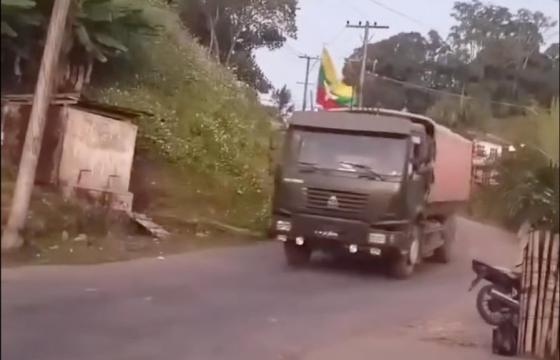Upendranadh Choragudi
Inequality across different sections of people in terms of their wealth and incomes, and their initial resource endowments like education, nutrition, health, and even their collective political power are becoming central to the development policy discourse in recent years.
With renowned French Economist Thomas Piketty, unveiling evidence of intergenerational wealth inequality among populations across a number of countries, tackling inequality formed part of deliberations. Even the World Economic Forum, the elite club of governments and multi billionaires has committed to address economic inequalities in society. They realize that it would do good for them too. Campaigns by global networks and organisations like Oxfam and ActionAid dish out compelling global evidence on today’s extreme wealth and inequality crisis and how governments through their liberal and pro-rich policies aid and abet such massive accumulation by a few. For them, few billionaires holding enormous wealth reflects a failing economy for billions of people.
From this vantage, it would be important to understand how a fledgling economy like Myanmar faces the challenges of inequality, both current and future. To address, it would be pertinent to understand the situation with data and information. Data and findings of Myanmar living conditions survey (2017) Socio Economic Report, by the Central Statistical Organization, provides us with the scope to understand how people of Myanmar are earning and spending and how the inequalities are manifesting across different economic strata, across different states and regions and other demographics. Such an analysis is important as that would provide clues for the government to enact policies that are pro poor or at least that attempt to reduce inequalities.
Myanmar Living Conditions Survey (MLCS) identifies that Myanmar has overcome the challenges of extreme poverty over the years. It is at the level of two percent. Over the years, monetary poverty has also declined, however one in four people perceive themselves as poor, and another 32 per cent are just above the poverty line, facing the risk of falling into the poverty trap in the event of any adversity. Thus the challenge before Myanmar is how to address moderate poverty and the vulnerabilities of millions of people.
Poverty is also associated with lack of public services like education, health services, access to clean water, sanitation, clean fuel and that exacerbates the vulnerability of such people, apart from reducing their chances of building human capabilities for improving their long term livelihood opportunities. MLCS provides vast amount of data and analysis on how inequality in access to services is manifesting in Myanmar society. An important take-away from this analysis is that massive public investment is critical for Myanmar to reduce the inequalities in socio-economic conditions of its people. While this prescription is being handed over several times, the pace of its implementation is a concern which is being addressed through structural reforms of the governance and polity.
Be that as it may, the interesting part of the MLCS report is on how the vast majority of people are earning their incomes through diverse and multiple activities and coping with the crises of low incomes and low productivity. Three quarters pf the rural populace of the country is dependent on farming activities; however only 19.3 per cent of households earn their income from farming alone.
The vast majority of rural populace engage in a combination of three other income earning activities, viz., agriculture labour, non-agriculture labour and non-farm businesses. Together all these provide them with less income compared to their urban counterparts. This reflects the need for augmenting rural income-earning opportunities that are remunerative, including improving productivity of agriculture and allied activities. It can be seen that urban incomes (per capita and household) are two times higher than the rural incomes in the country. People of Yangon region earn three times higher per capita income compared to those living in Chin State or two times higher compared to those in Rakhine State. Incidentally, Chin state records a poverty rate of 63.4% and in Rakhine it is 49.1%.
“Less than a quarter of total income in Myanmar can be attributed to the poorest 40 per cent of population, demonstrating that income is unequally distributed across the welfare distribution and inequality is a significant issue”. The bottom 40 per cent holds only 22.1 per cent of income in Myanmar. What is more distressing is that, many people are engaged in non-farm activities across the country in rural and urban areas, the income from such activities is so low that, non farm businesses of the bottom 40 per cent population earns them only 11.4% of the income. Similarly the bottom 40 per cent of non-agriculture labour also gets 25.5% of the income share.
In rural areas, eight out of ten households are engaged in farming or agriculture labour activities, but the income that they receive stands only at just 37%. Similarly, farm income comprises only 14.1% of total per capita income of the country, though 57.9% households partake in farming activities. This reflects that people are engaged in activities that are not sufficiently remunerative.
The need for addressing productivity challenges in agriculture sector is urgent in Myanmar. It can be recounted that crop diversification is low in Myanmar with over 62.7 farmers cultivating rice, and the yields are also low compared to the ASEAN average.
Another significant statistic to recount here is that poverty and low income is associated with agriculture labour activities while non-farm activities form the basis for earning for the vast majority of the non-poor population. This nexus of poverty and low paying agriculture labour need to be addressed through social policy initiatives, like implementation of minimum wages, social security for the agriculture workers, health insurance and such measures.
Non farm businesses in Myanmar are another significant occupation in Myanmar after agriculture with over 45% of households engaged in retail and wholesale trade activities. However, the vast majority of them are all small and informal in nature. 42.9 per cent of poor reported undertaking activities like small business and trade. This also reflects that petty trading is an avenue for many in the absence of any significantly high remunerative activities in agriculture or non-farm sectors.
Measured through aggregates like Gini Coefficient (measured using per capita income), inequality in the country stands at 0.52, with urban areas showing relatively less inequality 0.49 compared to rural areas 0.51. State and region wise inequality also reflects that Myanmar society is experiencing significant inequalities in income.
What are the takeaways? Myanmar society is grappling with inequality in terms of incomes and consumption. Relative poverty and vulnerability is staring at a large section of people in the country. Poverty conditions are associated with lack of access to basic services. And a majority of population receive low incomes from their economic engagements be it as a farmer, agriculture labourer, non-farm worker or a petty trader. There are geographical inequalities as well as inequalities across different economic strata of population, in terms of income earning sources, incomes and their consumption. All these warrant significant interventions from the government in terms of investing in public services as well as addressing the rural income enhancement programmes, that include promotion of agriculture and allied activities. Leaving such intervention to the private sector may not augur well for Myanmar as that would in fact accentuate income inequality.
<><><>
Myanmar farmers work in Mung beans field during the harvest time in Mawlamyinegyun Township of Ayeyarwady delta division, Myanmar, 14 February 2020. Photo: Lynn Bo Bo/EPA

